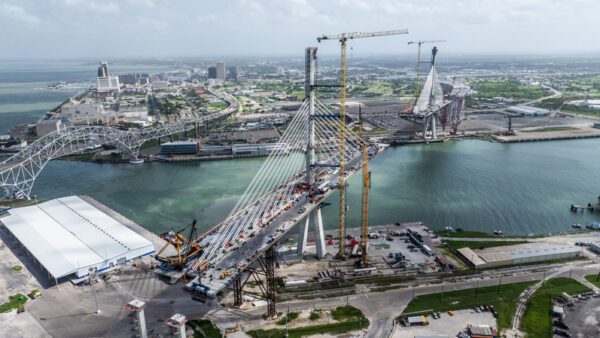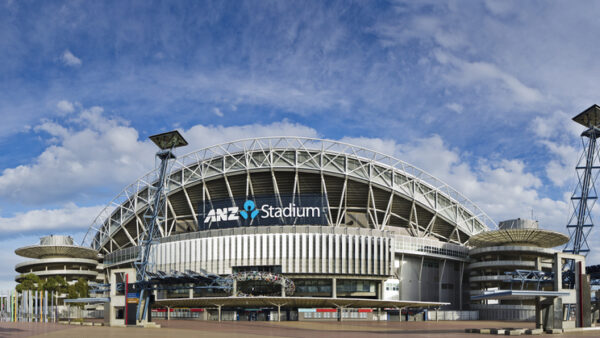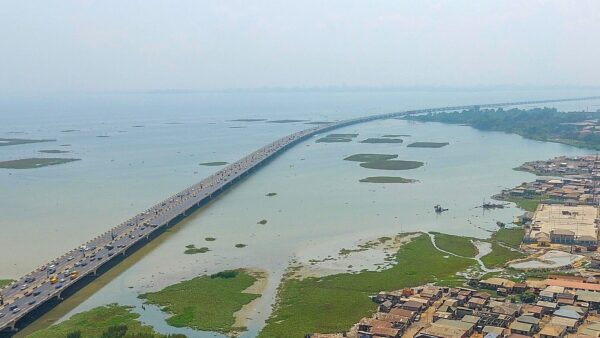Ireland’s largest three cement and brick companies secured a €206m ($233m) profit windfall from the EU’s “cap and trade” carbon credit scheme.
The three, CRH, Lagan Cement and Quinn Cement, received the money between 2008 and 2014 according to a study by CE Delft, a Netherlands-based environmental consultancy, commissioned by Carbon Market Watch.
During that period CRH received about €137m Quinn secured €46m and Lagan netted €23m in profits, mostly from over-allocated carbon credits granted by the Irish government.
The over-allocation was based on a plan drawn up by the Environmental Protection Agency, which relied on a forecast that predicted demand for cement would rise 30% between 2007 and 2012.
However, the financial crisis and the collapse of Ireland’s construction market led to a fall of 60% in cement production. This resulted in an industry-wide glut of carbon credits, which in turn led to 27% of Ireland’s allowances being used to generate profit, according to the study.
The figures emerged in a research report on the EU’s emissions trading system (ETS). This found that over-allocation of credits was highest in the cement sector, which together with lime and brickmaking, accounts for about 85% of Ireland’s verified emissions.
Donal O’Riain, founder of Ecocem, and Irish maker of low-carbon cement, told the Irish Independent: “The Irish cement industry makes massive windfall profits and ignores most potential to reduce its pollution under an ETS scheme that is supposed to impose an economic incentive to reduce emissions.
“The EU bears a lot of this responsibility, while the Irish cement industry, keeping its head down and quietly pocketing from continuing to pollute, is hardly the best example of corporate responsibility.”
Cement Manufacturers Ireland (CMI), the trade body for Irish cement makers, said it had “taken note” of the study, and added that its members had invested more than €300m in lower carbon production technology in recent years.
Altogether, the CE Delft study found that between 2008 and 2014 European industry received additional profits amounting to more than €8bn through over-allocation. Of these, Spain had the highest profits, totalling over €1.6bn, and in Sweden as much as 33% of emission allowances were issued in excess of verified emissions.
Over-allocation was least for Slovenia and Poland, where 88% allowances were used for compliance.
The figure for the UK was €2bn.
The ETS is the cornerstone of the EU’s climate policies, and is used to regulate about 45% of the union’s greenhouse gas emissions, including electricity generation and the most of the industrial sectors.
The Delft study notes that the EU ETS is the largest emission trading system in the world, and “serves as a blueprint for many emission trading systems being currently designed worldwide”. A copy of the report, Calculation of Additional Profits of Sectors and Firms from the EU ETS, can be downloaded here.
Comments
Comments are closed.







Hello from Vallejo where Ecocem, a cement company from Ireland — claiming its product is “green” — wants to build a cement factory about 1,320 feet from our elementary school.
Grace Patterson Elementary School is in Vallejo’s poorest neighborhood. The community has twice the state average for asthma.
More than 300 diesel trucks a day will use the facility, driving down a residential street — peaking at 3AM.
Seventy tons of asthma- and cancer-causing NOx and particulate matter will escape from the factory and port according to the draft environmental impact report. (The company will buy pollution “offsets”).
To build the facility, the company will demolish the old Sperry Mill dating to the 1800s, an official Vallejo city landmark.
Please help us at http://www.FreshAirVallejo.com